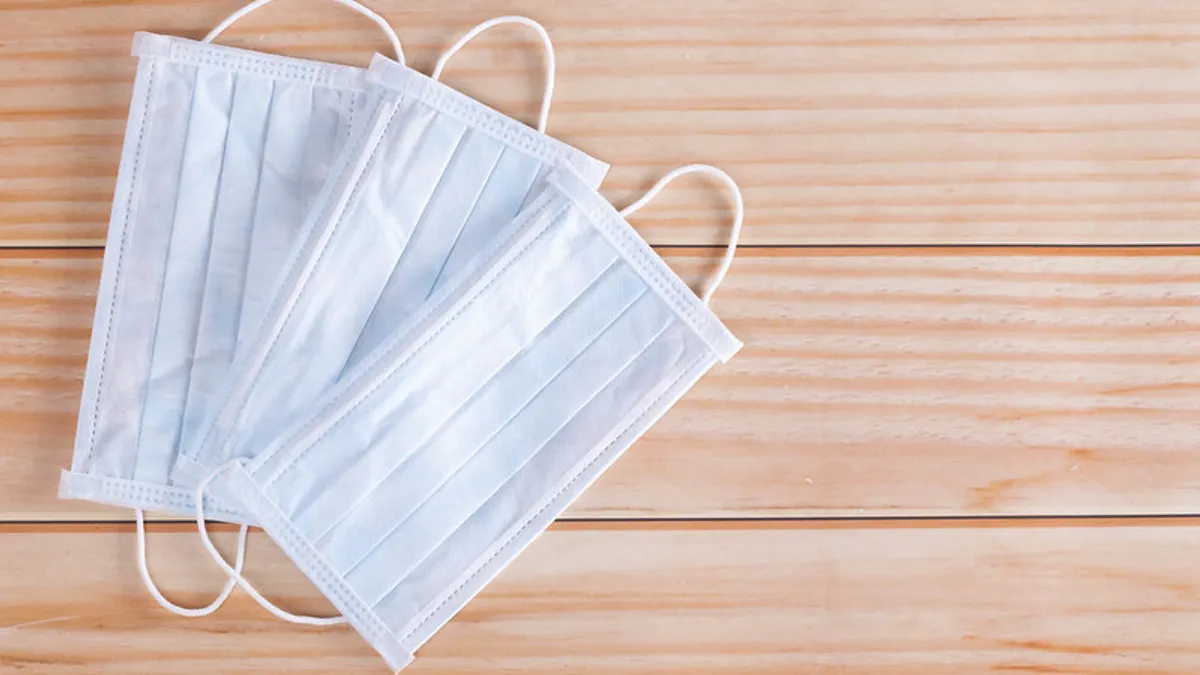Skyrocketing demand for personal protective equipment thrust supply chains into the spotlight at the beginning of the year. Millions of people worldwide needed PPE when the coronavirus took hold, and it was up to supply chains to make sure inventory was accessible — no small task.
Many manufacturers pivoted production from their usual products to PPE, to help supply inch closer to demand. But procurement and inventory management were exceptionally difficult for some healthcare facilities.
"The supply chain remains fragile and overtaxed by the worldwide demand for PPE," Association for Health Care Resource and Materials Management Senior Director of Supply Chain Mike Schiller said in an emailed statement in late September.
The U.S. government stepped in to help facilitate international PPE logistics, though federal policy also added obstacles. It was up to supply chain specialists, such as C.H. Robinson, to share their knowledge and loosen PPE bottlenecks. And supply chain technology, such as RFID, was applied in new ways.
Check out the stories below to read more about the struggles, and the solutions, that came with the mad dash for PPE.














